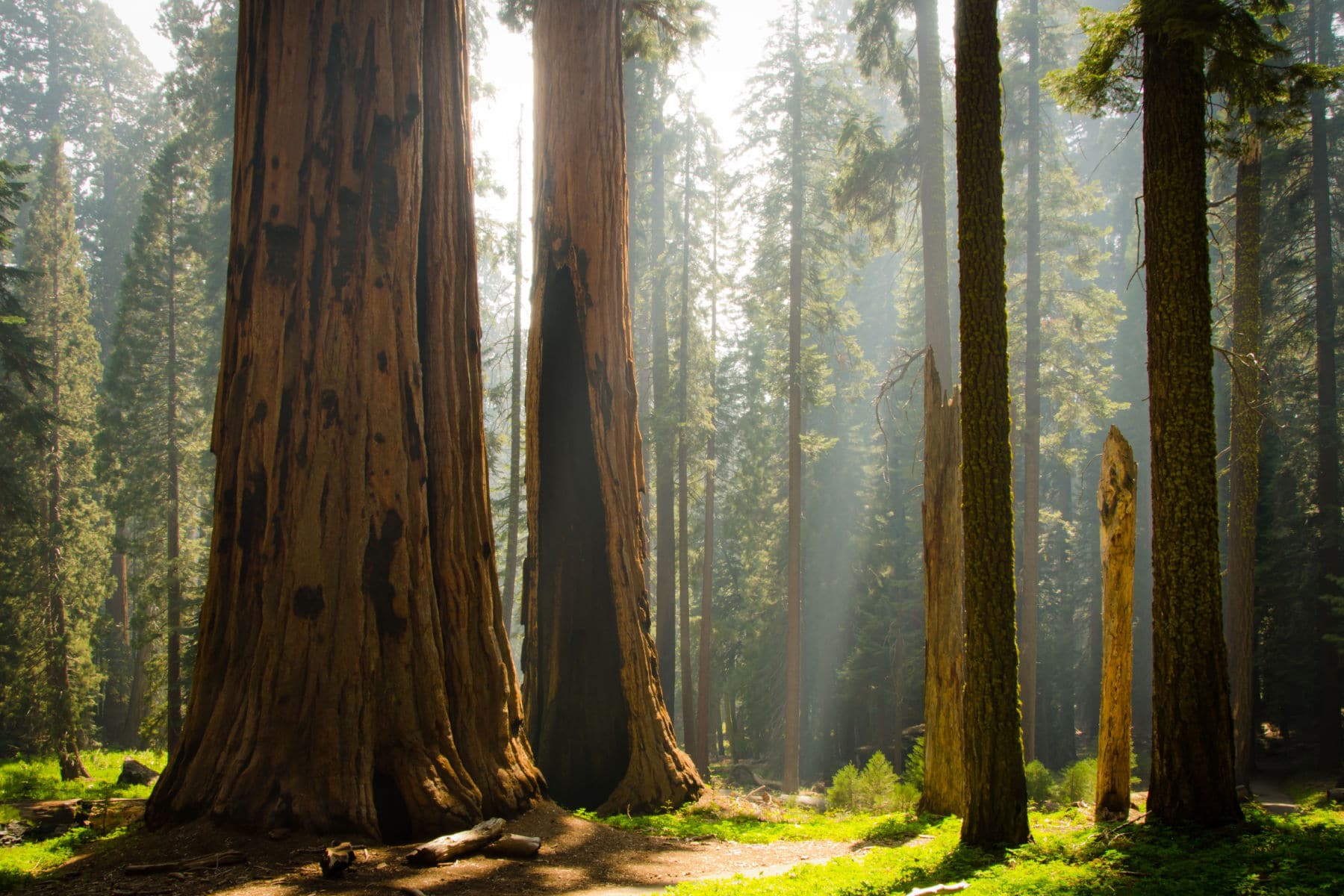
Article Summary: Kings Canyon National Park Facts
Kings Canyon National Park Facts! In this article, More Than Just Parks provides you with 10 amazing facts about one of America’s most magnificent national parks.
More Than Just Parks is your one-stop-shop when it comes to learning everything you’ll need to know about America’s national parks. We’ve got expert guides, beautiful photos, helpful tips, breathtaking films and so much more.
I’ve been to so many of these amazing places since retiring from teaching in 2018. Did I mention that I taught history? I spent a lifetime teaching about the history behind some of these natural wonders. Then I got to see them firsthand. And now I’m sharing some of the incredible stories about these beautiful places with you. It doesn’t get any better than that!
More Than Just Parks takes a deeper dive with its national park facts. We’ve done our homework so that you’ll get more than you bargained for.
Without further ado, let’s dive in.
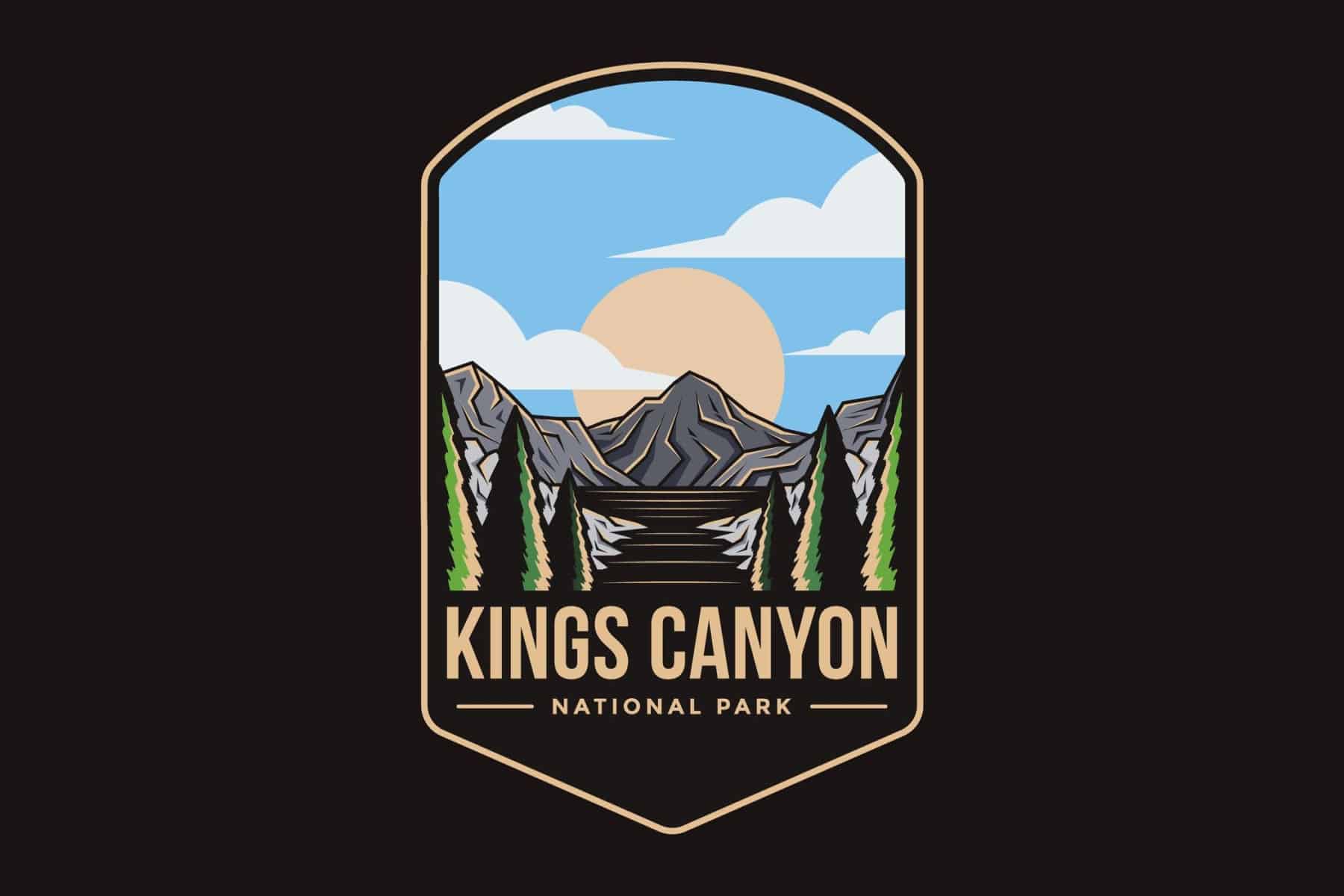
Table Of Contents: Kings Canyon National Park Facts
Kings Canyon National Park Facts
- Facts About Kings Canyon National Park
- Kings Canyon National Park Facts
- Top 5 Kings Canyon National Park Facts
- 1. Kings Canyon Was Originally General Grant National Park
- 2. It Almost Became Roosevelt National Park
- 3. Before Becoming Kings Canyon, The Park Featured America’s First African-American Superintendent
- 4. At Kings Canyon & Sequoia National Parks You Can Find The World’s Largest Tree
- 5. Sequoias Are Some Of The Largest & Oldest Trees In The World
- Top 10 Kings Canyon National Park Facts
- 6. The Park’s Elevation Allows For Diverse Ecosystems & Wildlife Habitats
- 7. There Are Over 250 Animal Species In Kings Canyon
- 8. Kings Canyon Was First Made Popular By John Muir
- 9. The Deepest Canyon In The United States Is In Kings Canyon
- 10. Kings Canyon Is An International Biosphere
- Why Trust Us About Kings Canyon National Park?
- Meet The Parks Brothers
- Map Of Kings Canyon
- We Hope You’ll Follow Our Journey
- Top 5 Kings Canyon National Park Facts
Facts About Kings Canyon National Park
Some Basic Facts About Kings Canyon National Park
Kings Canyon National Park is a beautiful and rugged park located in California. The park covers over 461,000 acres of land and is home to a wide variety of plant and animal life, as well as several unique geological features.
It’s named after Kings Canyon, a deep and narrow canyon that was carved by the Kings River over thousands of years. The park is also home to several other impressive geological features, including towering peaks, stunning waterfalls, and dense forests.
The park’s landscape is diverse, with forests of pine and oak trees, grasslands, and wetlands. The park is also home to a wide variety of plant and animal life, including black bears, bighorn sheep, and over 250 species of birds.
There are many ways to explore and enjoy Kings Canyon National Park. Visitors can go hiking or backpacking on the park’s trails, go fishing or boating in the park’s streams and lakes, or even go rock climbing or horseback riding in the park’s rugged landscapes.
There are also several campgrounds and lodges located within the park, providing comfortable accommodations for visitors.
Kings Canyon National Park is a beautiful and rugged place, offering visitors the opportunity to experience the beauty and majesty of the natural world in a truly special setting.
It’s a great destination for outdoor enthusiasts, with plenty of opportunities for hiking, camping, and other outdoor activities.
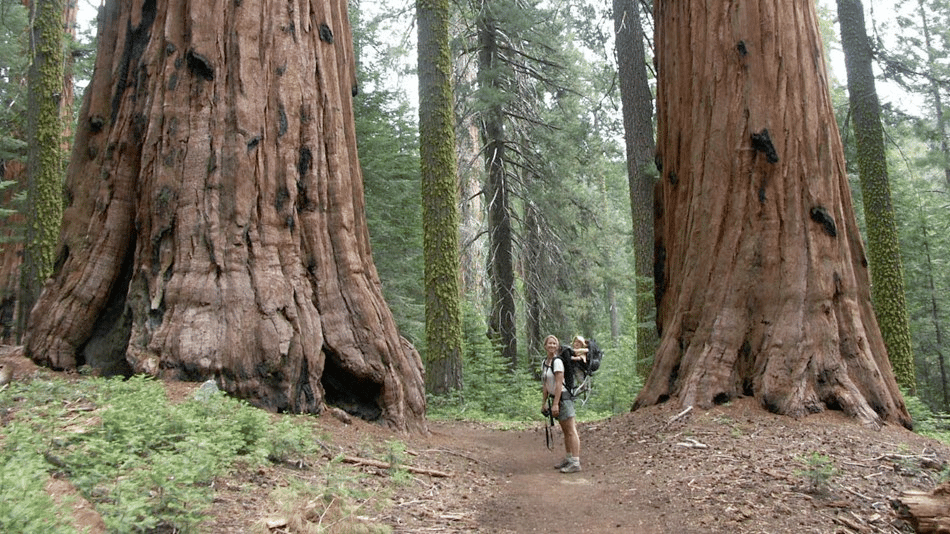
Some basic facts about Kings Canyon National Park include the following:
- Location: California
- Acreage: 461,901 acres
- Visitation: Annual visitation is 415,077.
- Highest Elevation: The Palisades, along the park’s eastern boundary, have four peaks over 14,000 feet including the highest point in the park, 14,248 feet at the summit of North Palisade.
- Lowest Elevation: The Middle Fork of Kings River flows through the steep and narrow Kings Canyon, near 2,500 feet deep and 1 to 2 miles wide at the rim. Lowest elevations at the western boundary where the two Forks of the Kings River exit the National Park are near 4,000 feet.
- Average annual precipitation: These elevations receive an average of 40 to 45 inches of precipitation annually. Much of this falls during the winter, resulting in a deep blanket of snow from December to May. Sub-zero temperatures, however, are rare.
- When Did It Become A National Park? On March 4, 1940, Congress established Kings Canyon National Park, which is adjacent to the north boundary of Sequoia National Park.

CHECK OUT: 20 BEST California National Parks Ranked
Kings Canyon National Park Facts
Top 5 Kings Canyon National Park Facts
1. Kings Canyon Was Originally General Grant National Park
One of my favorite Kings Canyon National Park Facts has to do with its history. Depending on how one keeps score, it’s possible to make the argument that it’s one of America’s oldest national parks.
In October 1890, one week after the establishment of Sequoia National Park by Congress and President Benjamin Harrison, a second, smaller national park was founded.
General Grant National Park was created for the purpose of preserving the second tallest sequoia tree, which had been named for General Ulysses S. Grant.
By 1867, General Grant’s Tree, known for its height, was in a highly accessible area of the redwoods that saw a great deal of logging.
The tree was named after General Ulysses S. Grant, the 18th President of the United States, and it was a unique feature of the park and attracted many visitors.
The park was created to protect the tree from logging and other activities that could harm it.
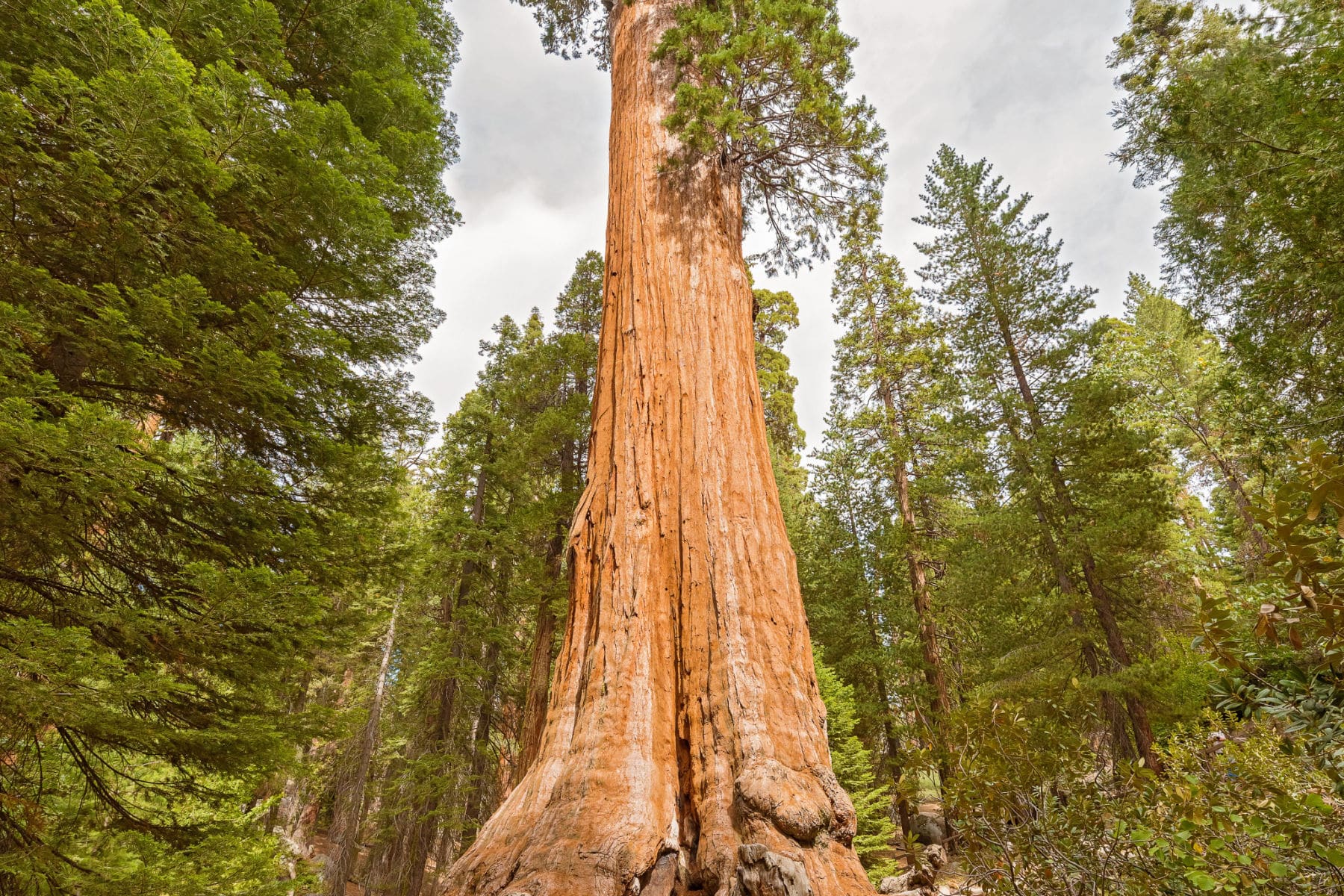
CHECK OUT: GENERAL GRANT TREE – EVERYTHING YOU NEED TO KNOW ABOUT THE WORLD’S SECOND LARGEST TREE
Grant’s Grove
In order to protect General Grant and the surrounding trees in an area called “Grant’s Grove,” the Department of the Interior (DOI) sought to preserve four square miles of land just 6 miles northwest of the greater Sequoia National Park.
After its establishment, General Grant National Park was managed alongside Sequoia National Park by both the military and civilian superintendents.
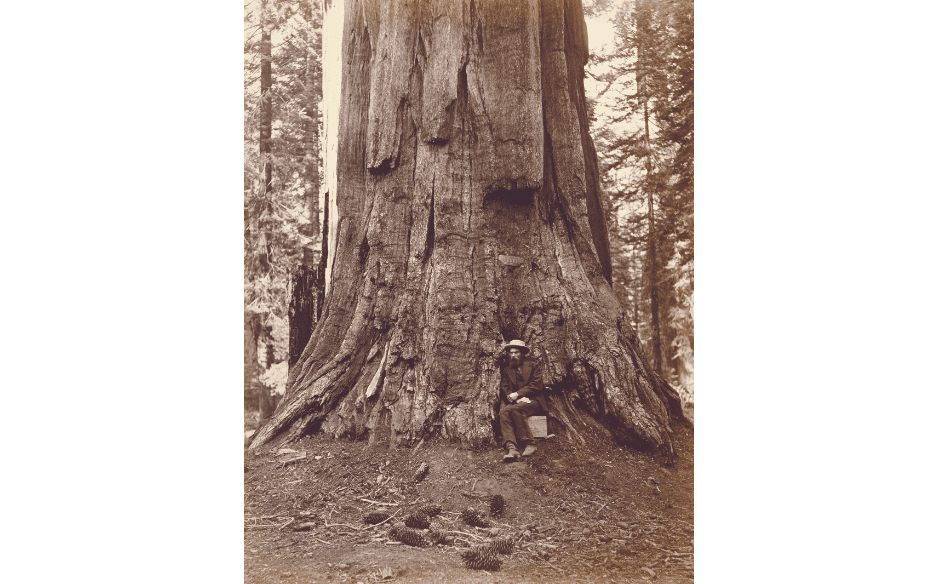
CHECK OUT: A Brief (& Informative) History Of America’s National Park Rangers
2. It Almost Became Roosevelt National Park
Another of the truly fascinating Kings Canyon National Park Facts has to do with its name.
Originally named General Grant National Park, the park which we know today as Kings Canyon almost became Roosevelt National Park.
In the 1920s, construction began on a road to connect the two sites, making General Grant more accessible to visitors.
At the same time, Congress and the Department of the Interior also began considering the idea of a larger park that would consume General Grant and Sequoia National Park and be called Roosevelt National Park.
By the mid-1920s, however, the plan for Roosevelt National Park failed when the House of Representatives voted against the initiative.
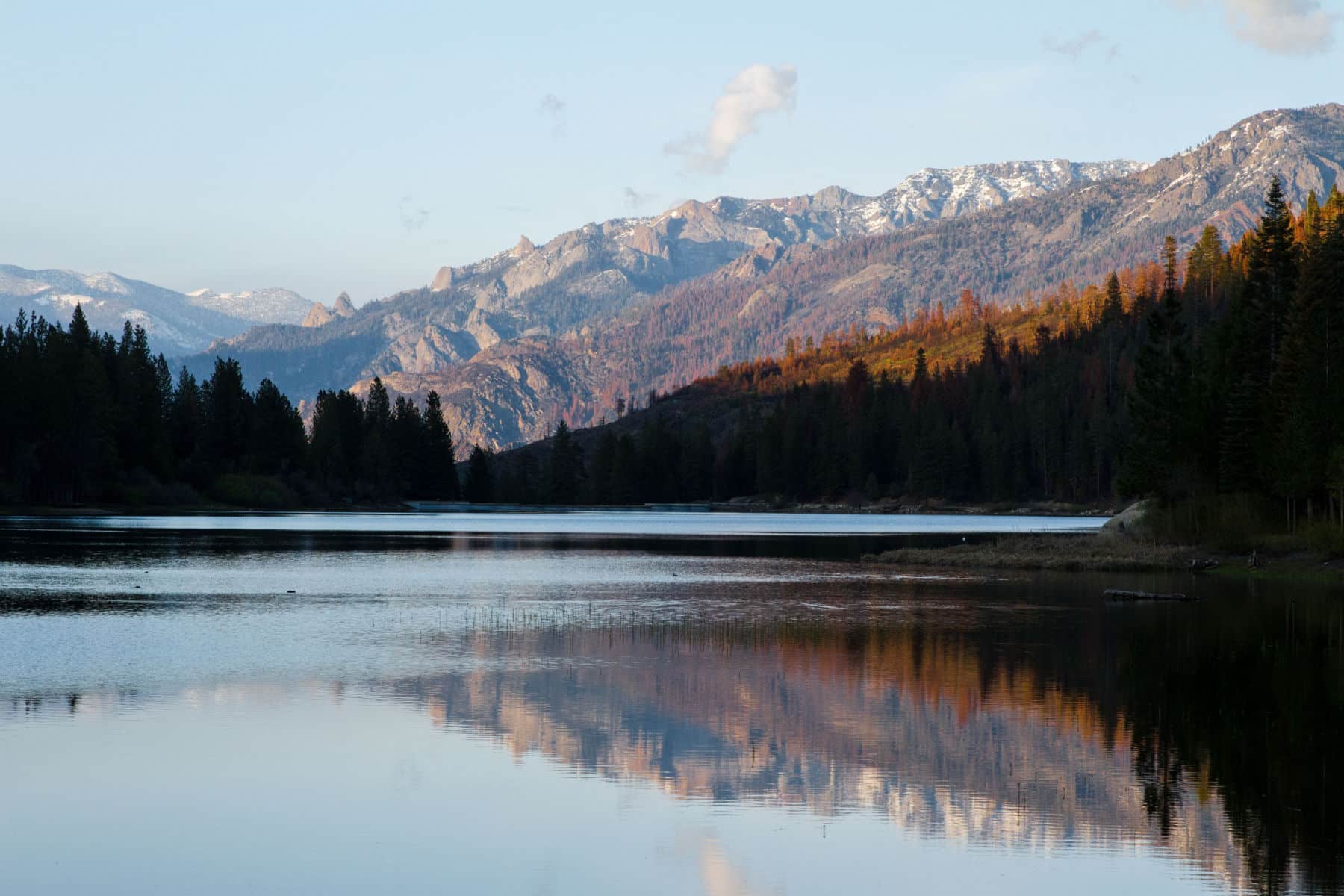
A Different Roosevelt, A Different Name
In 1935, the General’s Highway was completed, connecting Sequoia National Park and General Grant National Park. However, during Franklin D. Roosevelt’s presidency, a new plan was promoted to create a larger park that included General Grant National Park.
In 1940, the federal government acquired approximately 720 square acres, encompassing the area including and surrounding Kings Canyon.
This acquisition resulted in the land of General Grant National Park being surrounded and absorbed into the newly created Kings Canyon National Park.
The area that was once General Grant National Park became General Grant’s Grove in 1940 and is today found within Kings Canyon National Park.
This change allowed for better management of the resources and better preservation of the natural beauty of the area.
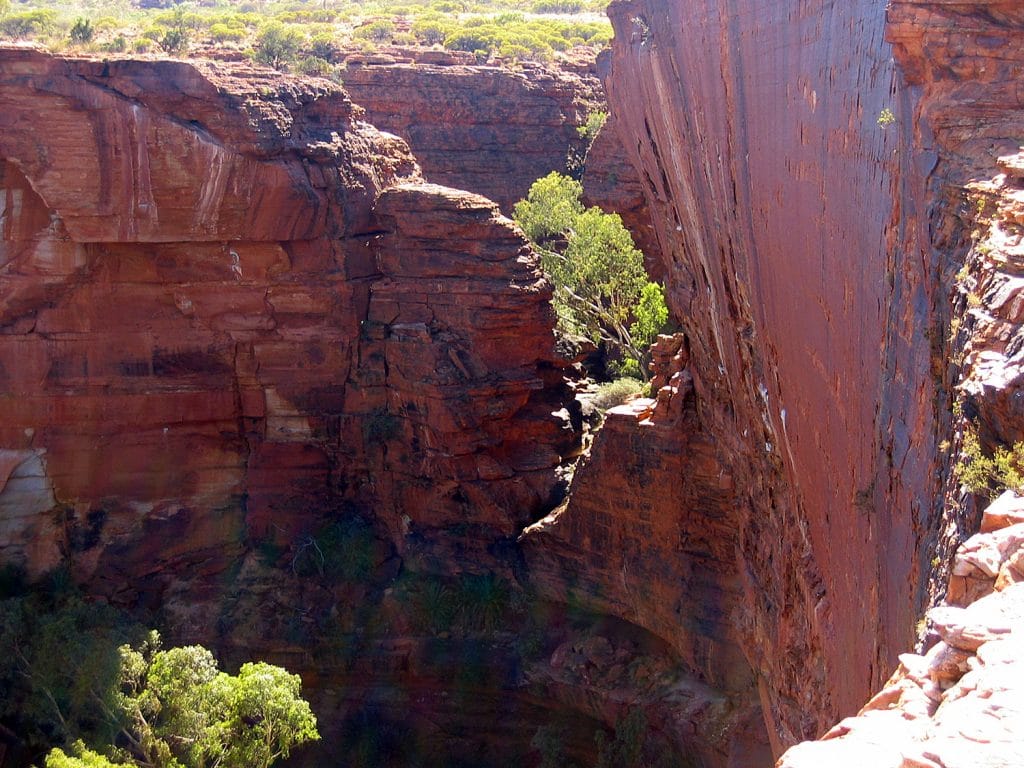
Theodore Roosevelt Got His Park
Don’t feel to sorry for our Rough Rider President however. On April 25, 1947, President Truman established the Theodore Roosevelt National Memorial Park.
While many presidents have national park sites which bear their names, Theodore Roosevelt is the only president to have a national park named after him. In fact, it’s the only American national park named directly after a single person.
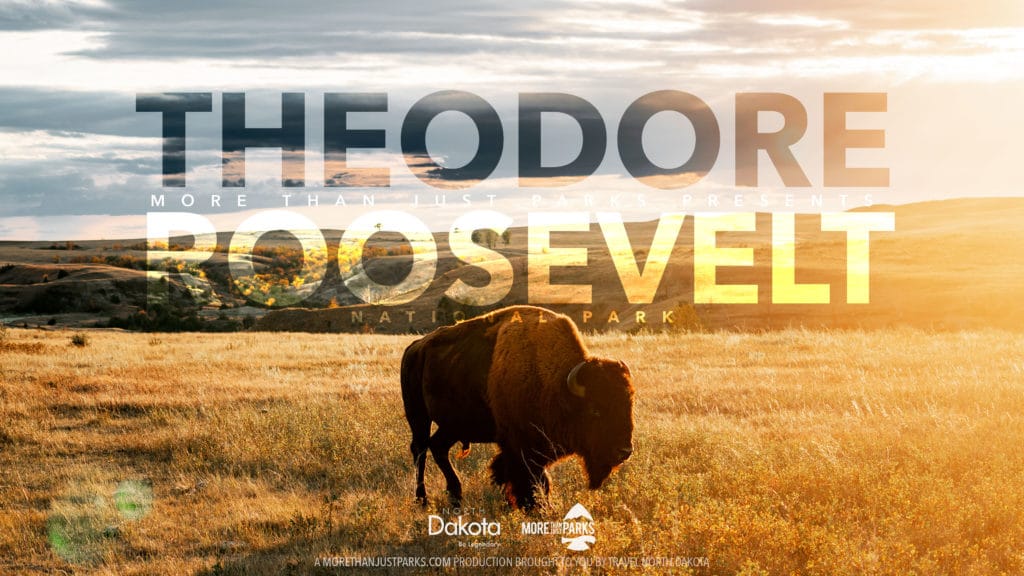
CHECK OUT OUR FILM: Theodore Roosevelt National Park North Dakota 8K (Visually Stunning Tour)
3. Before Becoming Kings Canyon, The Park Featured America’s First African-American Superintendent
For almost 30 years, I taught high school history. What impresses me most about the field of history are the amazing stories of men and women whose contributions changed the course of human events. In doing so, they helped to bring about the world we have today.
The people we know, however, are relatively few when compared to the ones we don’t. In researching these articles for More Than Just Parks, I realize that the people we don’t know anything about can be just as interesting.
A case in point is Colonel Charles Young.
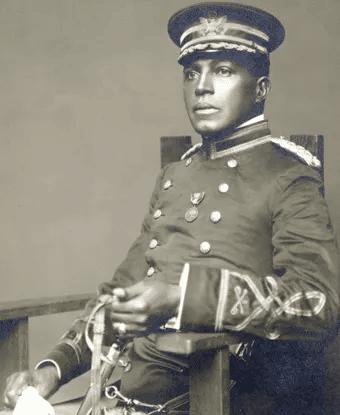
He Lived A Truly Extraordinary Life
Born as a slave during the American Civil War, Charles Young lived a truly extraordinary life. He was the first African American to graduate from a white high school in Ohio.
In 1884, Young defied the odds winning an appointment to West Point through a competitive military examination.
After confronting the racism which was typical of his era, Young emerged as only the third African American to graduate from West Point–America’s most prestigious military academy.

Superintendent Of Sequoia & General Grant National Parks
Charles Young served as a cavalry officer. He then became the captain of an all-black regiment at San Francisco’s Presidio.
Young rose through the military ranks to become one of the most respected leaders of his time.
His career path would take an interesting turn, however, when managing the national parks became the responsibility of the U.S. Army beginning in 1891.
Young was assigned to take his troops to Sequoia and General Grant (what is now Sequoia National Park and a small portion of Kings Canyon National Park).
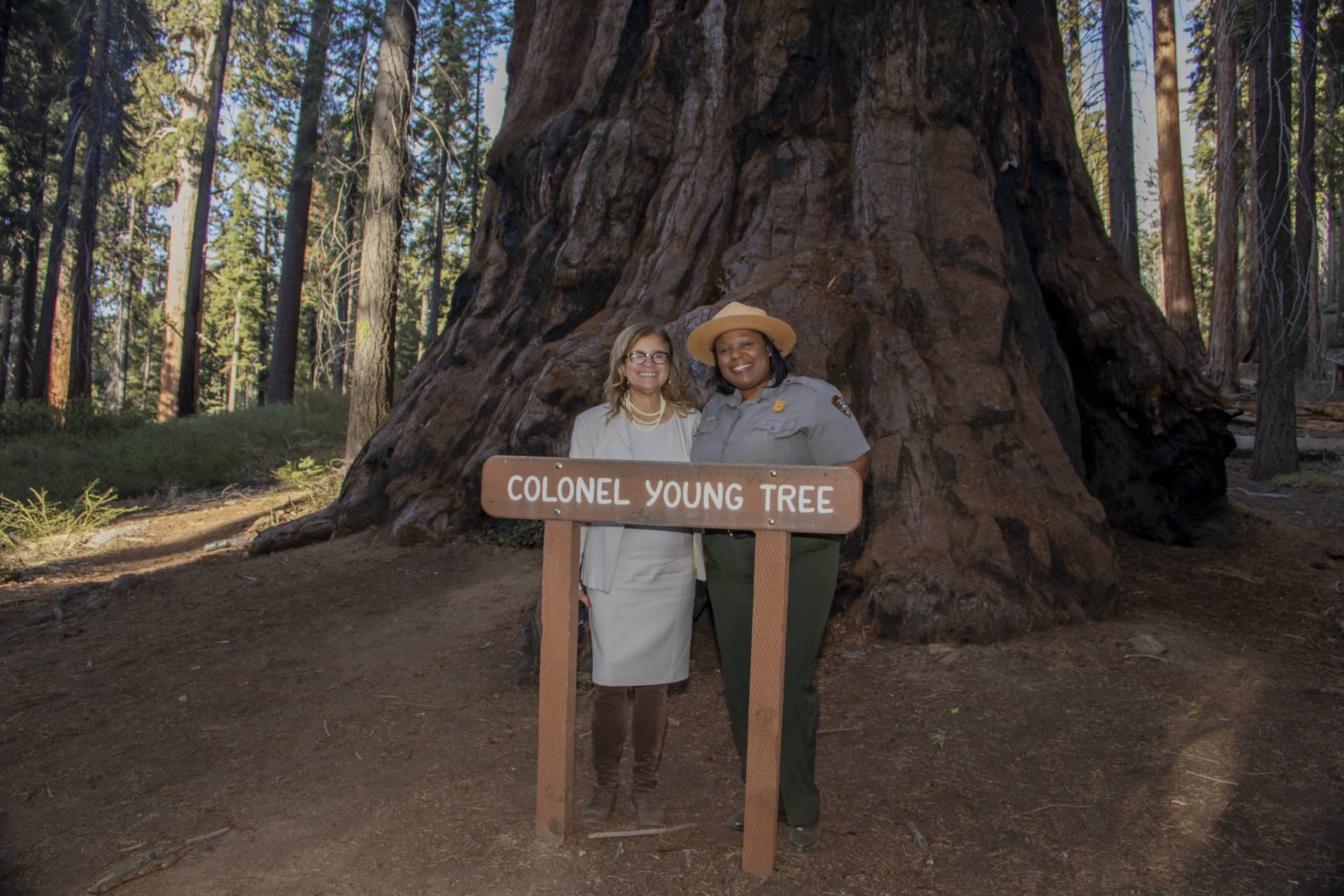
It was during the summer of 1903 that Charles Young made history by becoming the acting superintendent of these two parks.
He was the first African-American to hold such a position.
To learn more about this extraordinary American, I recommend: Black Officer in a Buffalo Soldier Regiment: The Military Career of Charles Young by Brian G. Shellum.
To learn more about the U.S. Army’s management of the national parks check out: A Brief (& Informative) History Of America’s National Park Rangers
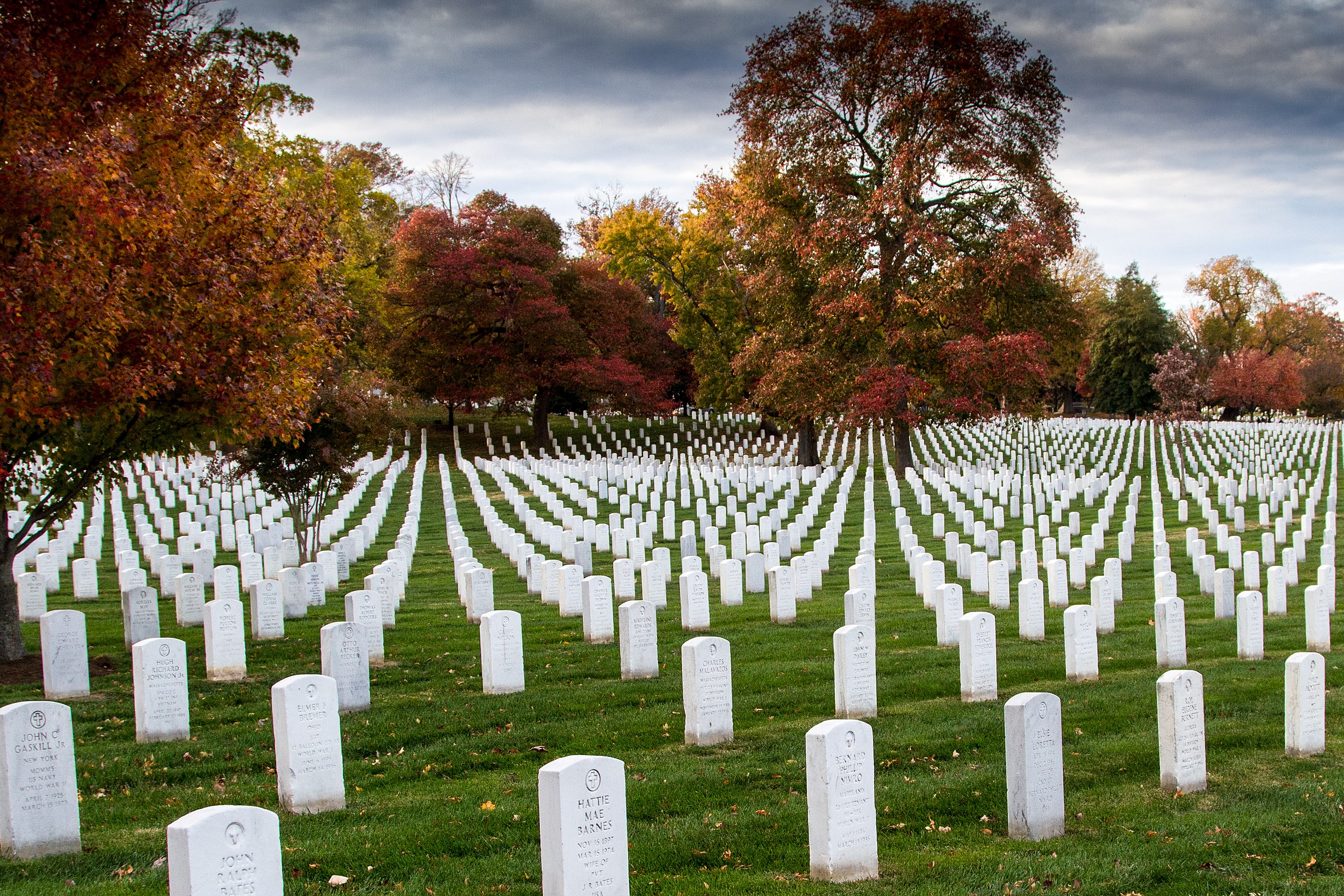
With a “take charge” style of leadership, Colonel Charles Young commanded a regiment of U.S. Army soldiers in the construction of improved roads that made it possible for the growing number of wagons and automobiles to safely visit the newly designated national park of Sequoia and its stands of giant redwood trees, the largest in the world.
-national parks conservation association
As the first African-American superintendent of a national park, Young led a distinguished military career in war and peace to usher in a new era of racial equality and wilderness preservation.
CHECK OUT: 20 BEST Black History Sites In America For You To Visit
4. At Kings Canyon & Sequoia National Parks You Can Find The World’s Largest Tree
One of my favorite Kings Canyon National Park Facts has to do with a tree. Not just any tree, however, but the world’s largest tree.
Before I get into that story, I should tell you that when you travel to Kings Canyon you’re really getting two national parks for the price of one.
The Sequoia and Kings Canyon National Parks is the consolidated management structure for Sequoia National Park and Kings Canyon National Park in California.
The two parks have been jointly administered since 1943 and they have a combined size of 1,353 square miles.
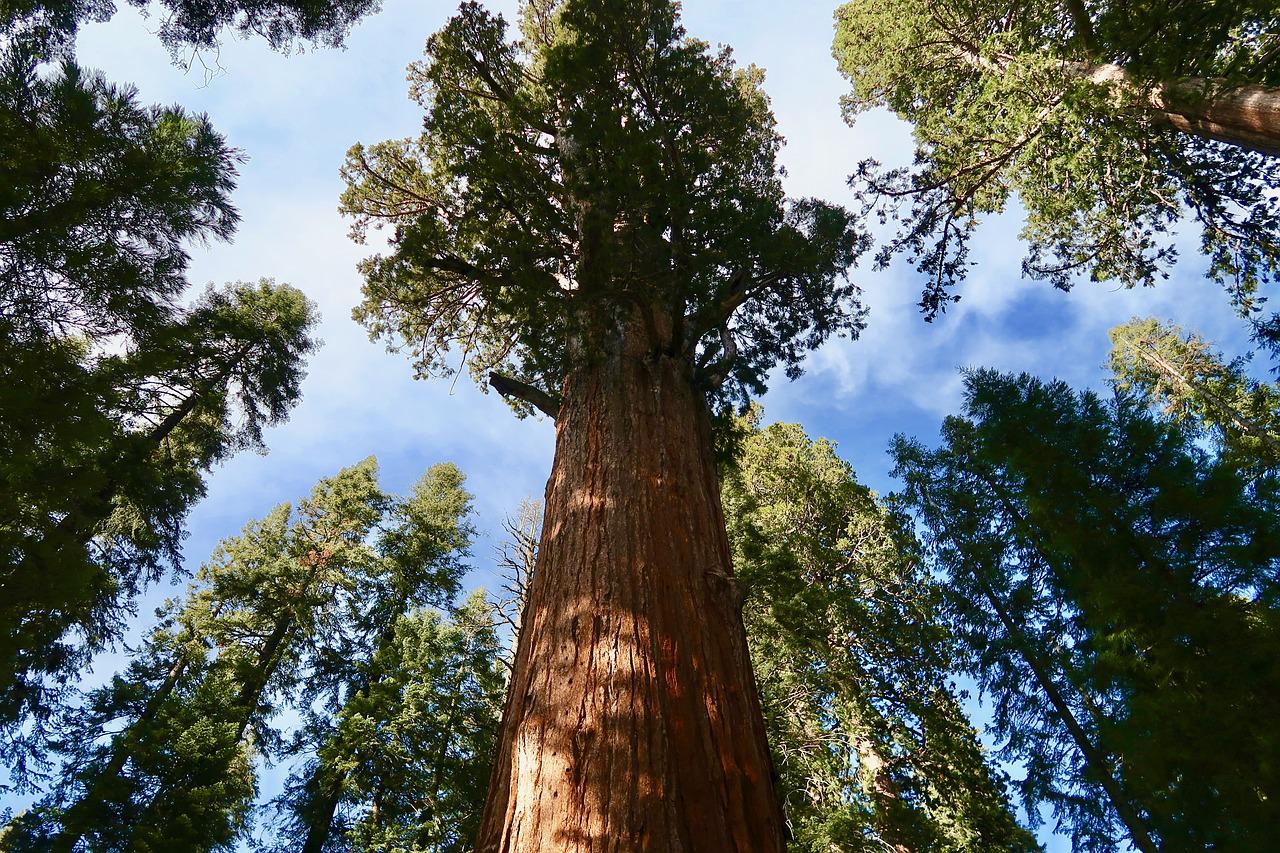
The General Sherman Tree
Now back to our story about the world’s largest tree. It’s the General Sherman Tree!
The General Sherman Tree is the largest known living single stem tree on earth.
The tree is thought to be between 2,300 to 2,700 years old. Now that’s old!
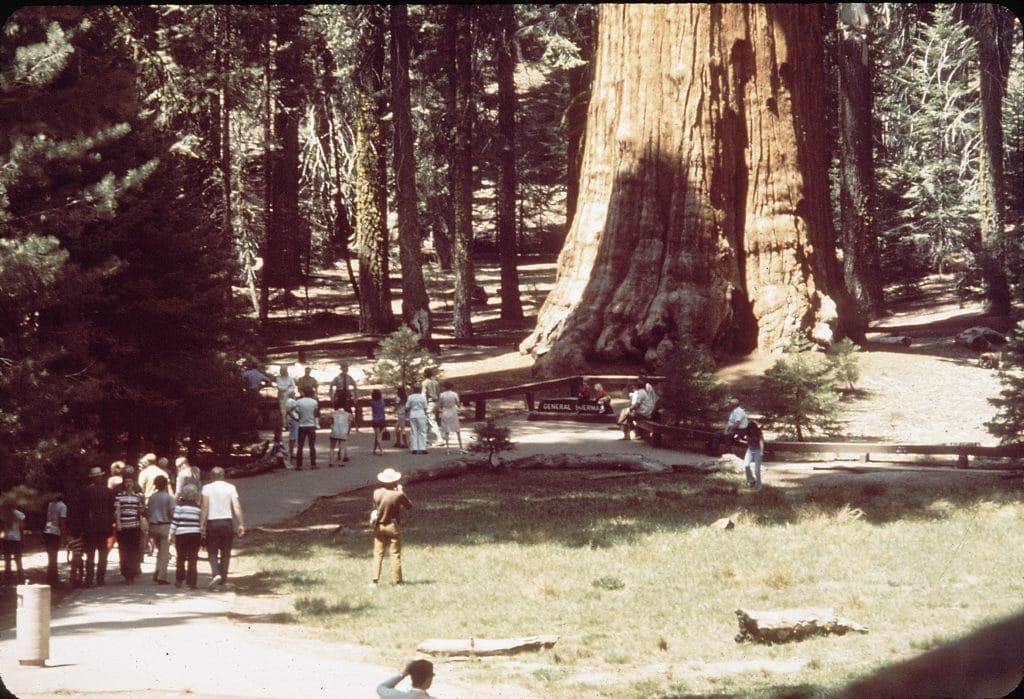
How Big Is It?
It stands at a height of 274.9 feet, with a circumference at the base of 102.6 ft.
The branches found on this tree measure up to 7 feet wide in diameter.
However you look at it, it’s one incredible tree.
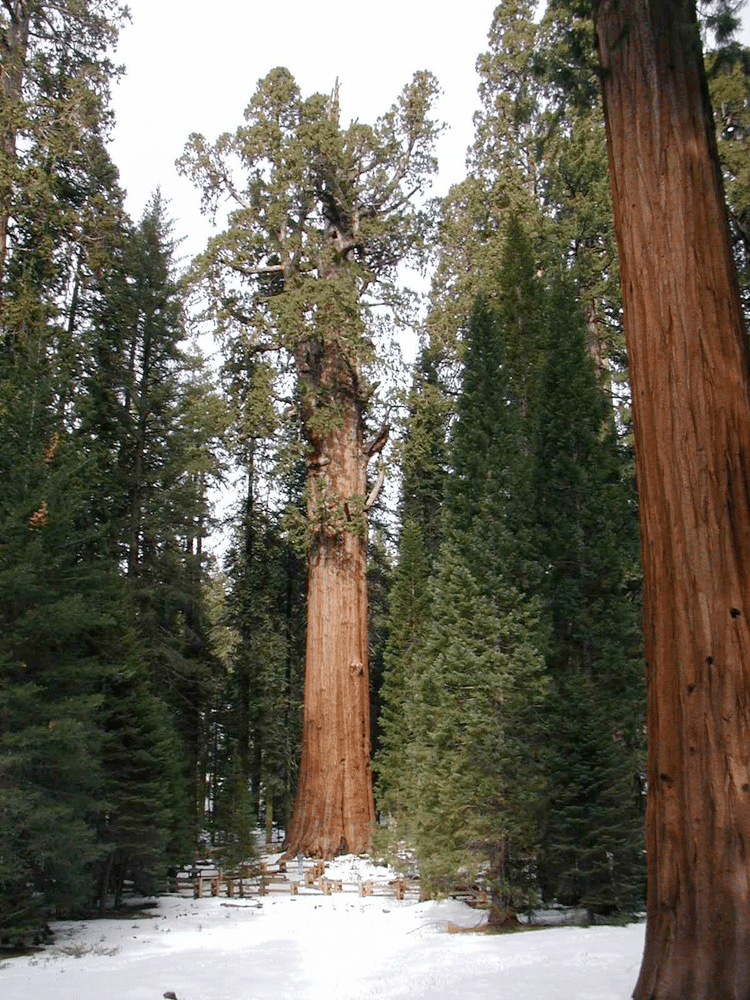
How Did the General Sherman Tree Get its Name?
How did the General Sherman Tree get its name? That’s an interesting story. Most of us recognize who it’s named after, but why?
In 1879, a cowboy and fur trapper by the name of James Wolverton is reported to have discovered the tree. It was the biggest tree Wolverton had ever seen.
Wolverton had served under General William Tecumseh Sherman as a lieutenant in the 9th Indiana Calvary. He therefore decided to name the tree after his commanding officer.
The tree itself is located on the General’s Highway with the second largest tree in the world (named after another famous general) located just down the road.
William Tweed set out to prove whether, in fact, this story is true.
He writes, “Not until 1897, in fact, did soldiers first write down the name “General Sherman Tree” in a report. That summer, they placed a sign on the tree with that name.”
To Learn More About This Amazing Tree Check Out Our Article: General Sherman Tree – Everything You Need To Know About The Largest Tree In The World
5. Sequoias Are Some Of The Largest & Oldest Trees In The World
These massive trees can live for over 3,000 years thanks to a chemical in their bark called tannin, which helps to protect against rot, boring insects and even fire.
They can grow as tall as a 26-story building, averaging between 180 and 250 feet tall.
Coast redwoods may put on six, eight or even more feet of height in a single season whereas the giant sequoia is more likely to grow about two feet in height per year throughout its first fifty to one hundred years.
There are only about 75,000 giant sequoia trees in California, which are located in about 70 groves scattered along the western side of the Sierra Nevada.
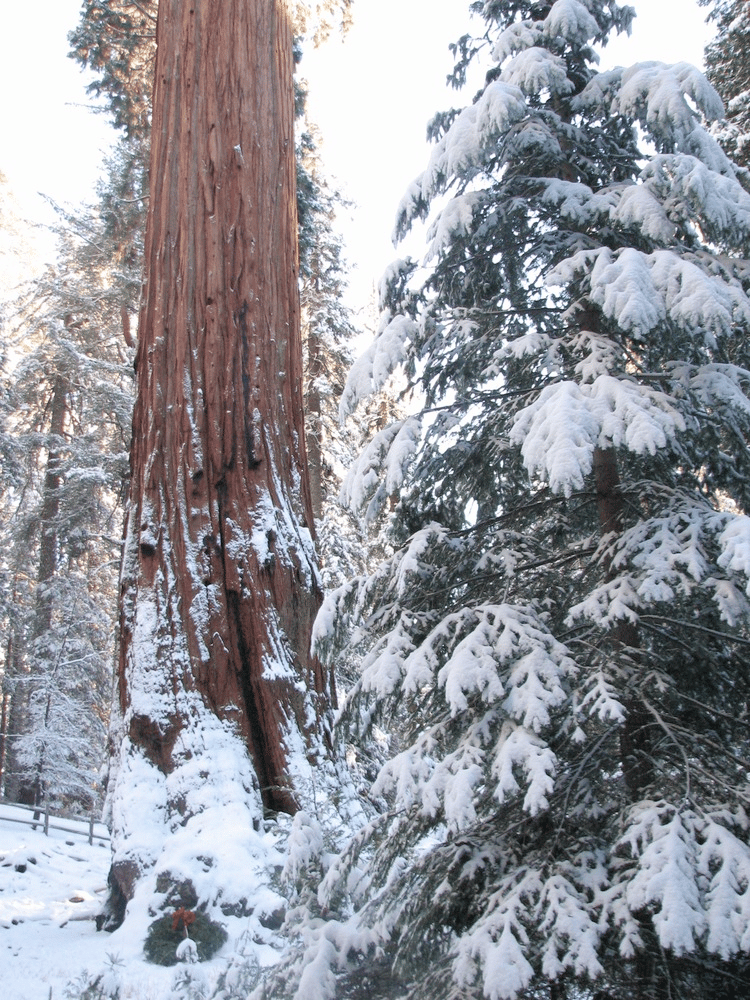
CHECK OUT: 8 BEST National Parks Near San Francisco To Visit
Top 10 Kings Canyon National Park Facts
6. The Park’s Elevation Allows For Diverse Ecosystems & Wildlife Habitats
One of the lesser known Kings Canyon National Park Facts is that, along with Sequoia National Park, the two parks wide elevation allows for diverse ecosystems and wildlife habitats.
Sequoia & Kings Canyon stretch from 1,300 feet in the foothills to 14,494 feet in the high Sierra – an amazing elevational range which creates a topographic diversity supporting over 1,200 species of vascular plants and over 315 different species of animals across elevation zones.
Some of these stunning animals include peregrine falcons, black bears, and even the western and mountain bluebirds.
The two parks also contain some of the widest array of pines, from the massive sugar pine to the ponderosa pine and the high-elevation foxtail and whitebark pines.
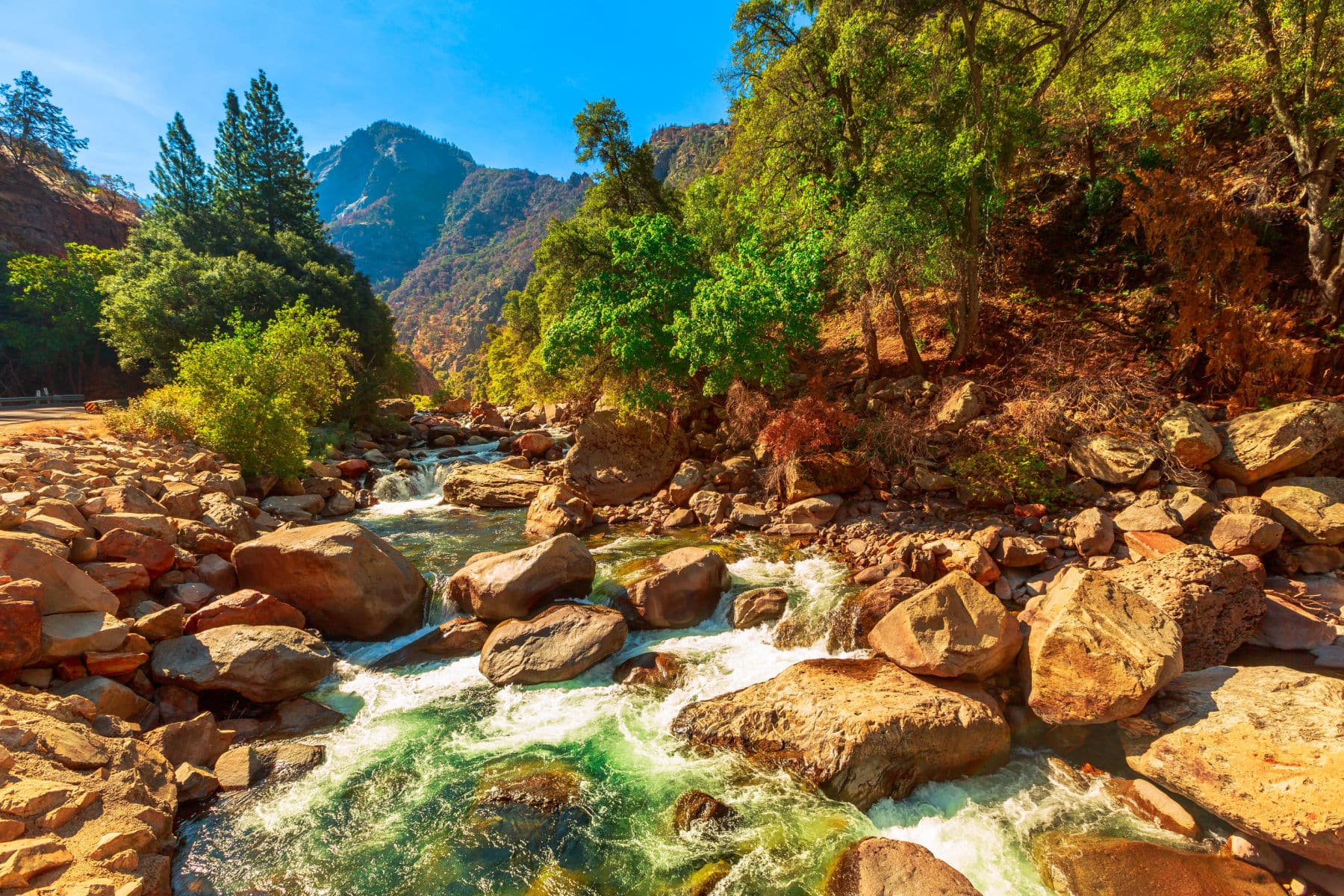
CHECK OUT: 7 EPIC National Parks Near Los Angeles You’ll Love
7. There Are Over 250 Animal Species In Kings Canyon
Another amazing Kings Canyon National Park Fact is that there are over 250 different types of animals that can be found in Kings Canyon National Park.
Some of the most common ones include deer, black bears, mountain lions, coyotes, and squirrels.
There’s also a wide variety of birds, including eagles, hawks, and woodpeckers.
The most common animal species in Kings Canyon National Park is deer. There are over 2,000 of them living in the national park, and they can be found pretty much everywhere.
You might spot them while hiking or driving around. They can be very curious so don’t be surprised if one comes up close to take a closer look.
Mammals inhabiting the higher high Sierra landscapes include the marmot, pika, and white-tailed jack rabbit.
Birds include the Clark’s nutcracker, mountain bluebird, American pipit, and gray-crowned rosy finch.
In this region, you may also see a mountain yellow-legged frog or a Sierra Nevada bighorn sheep, both endangered species for which recovery efforts are underway.
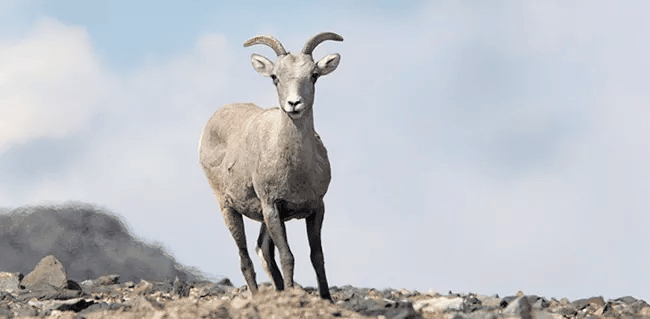
CHECK OUT: 15 (GIANT) Sequoia & Kings Canyon Facts You Probably Didn’t Know
8. Kings Canyon Was First Made Popular By John Muir
In 1873, John Muir, the famous naturalist, visited Kings Canyon and was impressed by its similarity to the terrain of the Yosemite Valley. “A rival to the Yosemite,” wrote Muir.
John Muir was born in Scotland and raised in Wisconsin. He came to California in 1869 and discovered the Yosemite area which he popularized in his writings.
As the National Park Service notes, Muir’s passion for nature brought him to every continent except Antarctica.
He experienced fantastic adventures – climbing a 100-foot tree in a thunderstorm, inching across a narrow ice bridge in Alaska, and spending a night in a blizzard on Mt. Shasta.
Muir transformed his adventures into articles and books which sparked peoples interest in nature.
Muir’s tireless advocacy helped create several national parks including: Sequoia (1890), Mount Rainier (1899) and Grand Canyon (1908).
He has been called the “Father of the National Parks.”

John Muir & Mount Whitney
Now here’s an interesting fact about John Muir. During his exploits in California, Mount Whitney caught his attention.
Mount Whitney is the highest mountain in the contiguous United States and the Sierra Nevada, with an elevation of 14,505 feet.
In 1873 Muir decided to climb the mountain, but mistakenly climbed Mount Langley instead which was a half dozen miles to the south of Whitney. Muir recognized his error, however, and attempted to follow the ridge toward his destination.
This is where the story gets interesting. He found himself trapped by nightfall at 13,000 feet in his shirt sleeves. Muir only managed to survive by forcing himself to dance in order to keep want. He literally danced the night away.
Undaunted, Muir returned a few days later. He made his first ascent of Whitney on October 21, 1873.
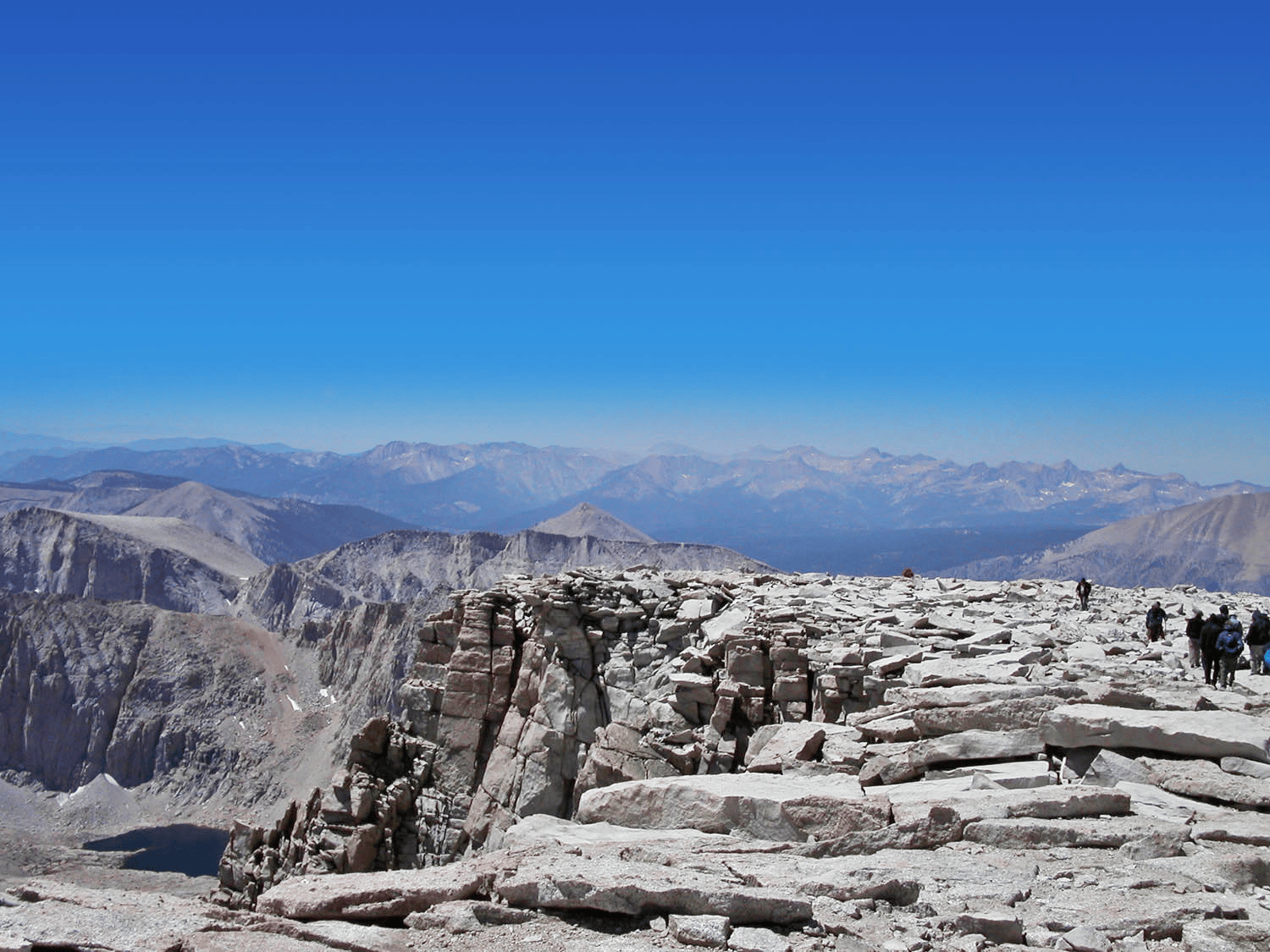
CHECK OUT: 10+ AMAZING John Muir Facts | America’s Greatest Conservationist
Take A Deeper Dive
If you’re interested in learning more about this remarkable man then I recommend the following books:
- Our National Parks by John Muir.
- A Passion for Nature: The Life of John Muir by Donald Worster.
- Son of the Wilderness: The Life of John Muir by Linnie Marsh Wolfe.
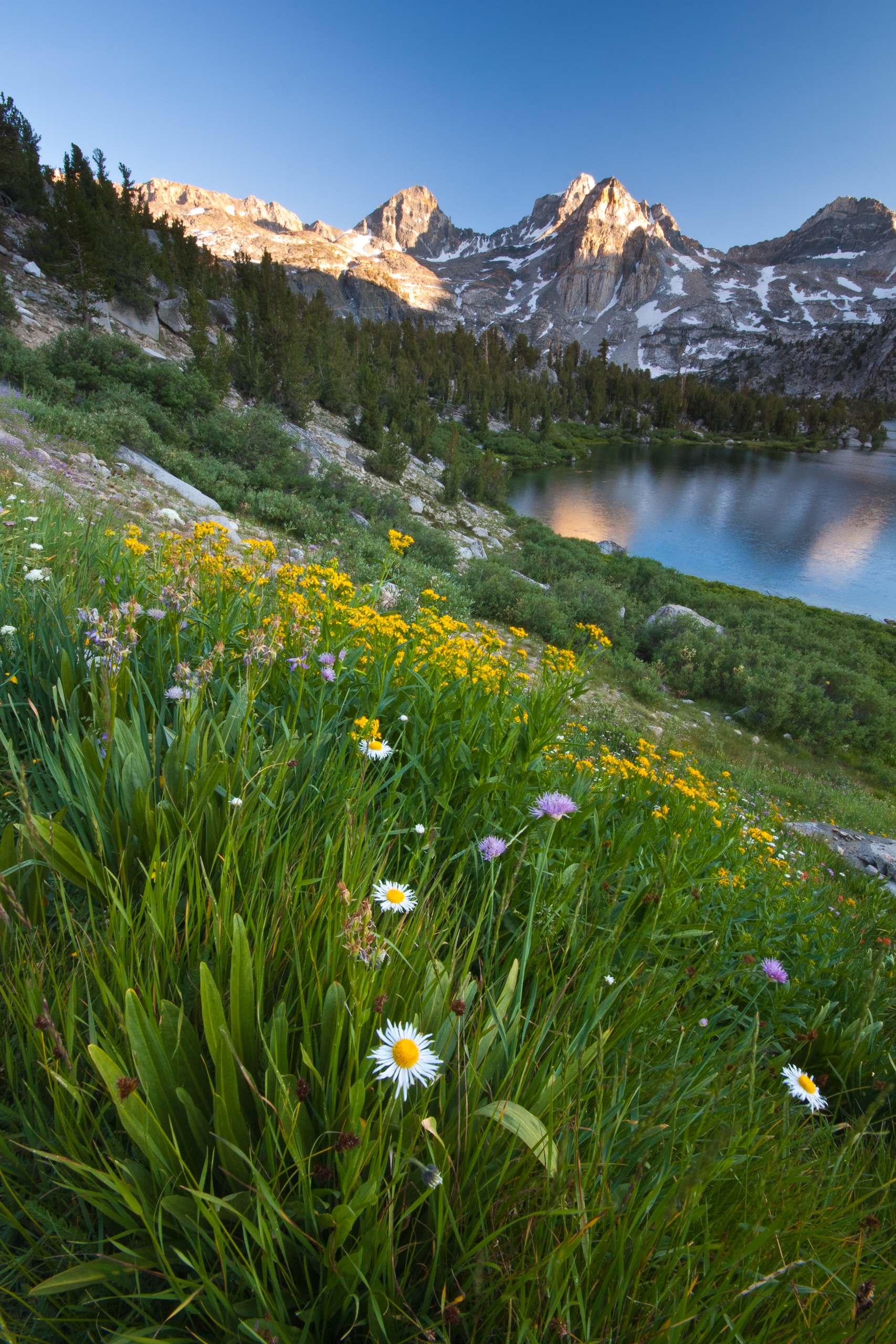
9. The Deepest Canyon In The United States Is In Kings Canyon
Another one of my favorite Kings Canyon National Parks Facts has to do with a canyon. In fact, it’s the deepest canyon in the United States and it’s located in Kings Canyon.
The Kings River Canyon drops 8,200 feet from high in the Sierra to the San Joaquin Valley.
It’s deeper than Hell’s Canyon on the Snake River in Idaho. It’s even deeper than the Grand Canyon in Arizona.
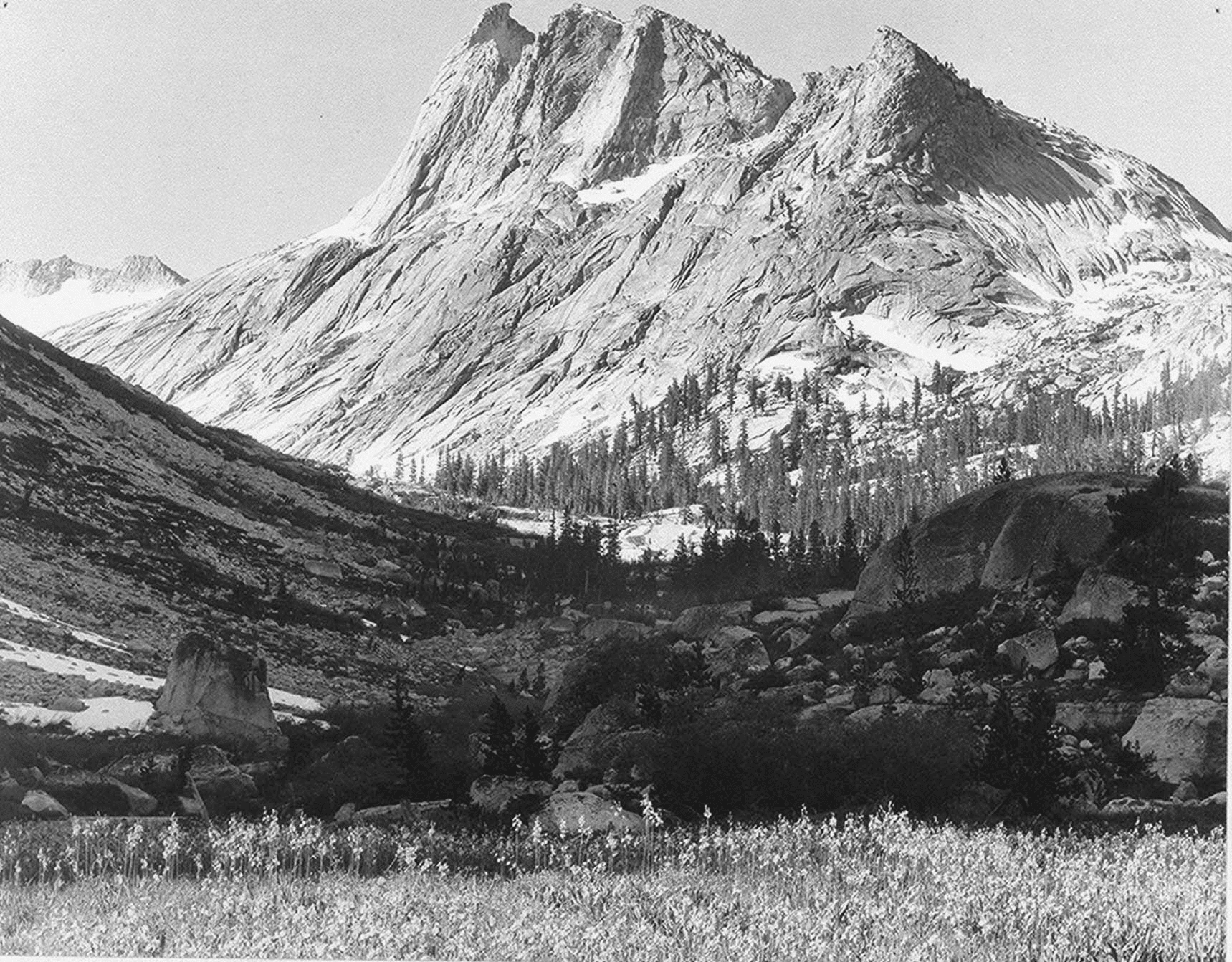
Check Out Kings River Canyon & Kings River
If you’re planning a visit then you ought to check out both the Kings River Canyon and the Kings River.
The Kings Wild and Scenic River includes the entire Middle and South Forks and six miles of the Kings River. It flows through Kings Canyon National Park and the Sequoia and Sierra National Forests.
Beginning in glacial lakes above timberline, the river flows by deep, steep-sided canyons, over falls and cataracts, eventually becoming an outstanding whitewater rafting river in its lower reaches in Sequoia National Forest.
Geology, scenery, recreation, fish, wildlife and history are all significant aspects of this breathtaking area.
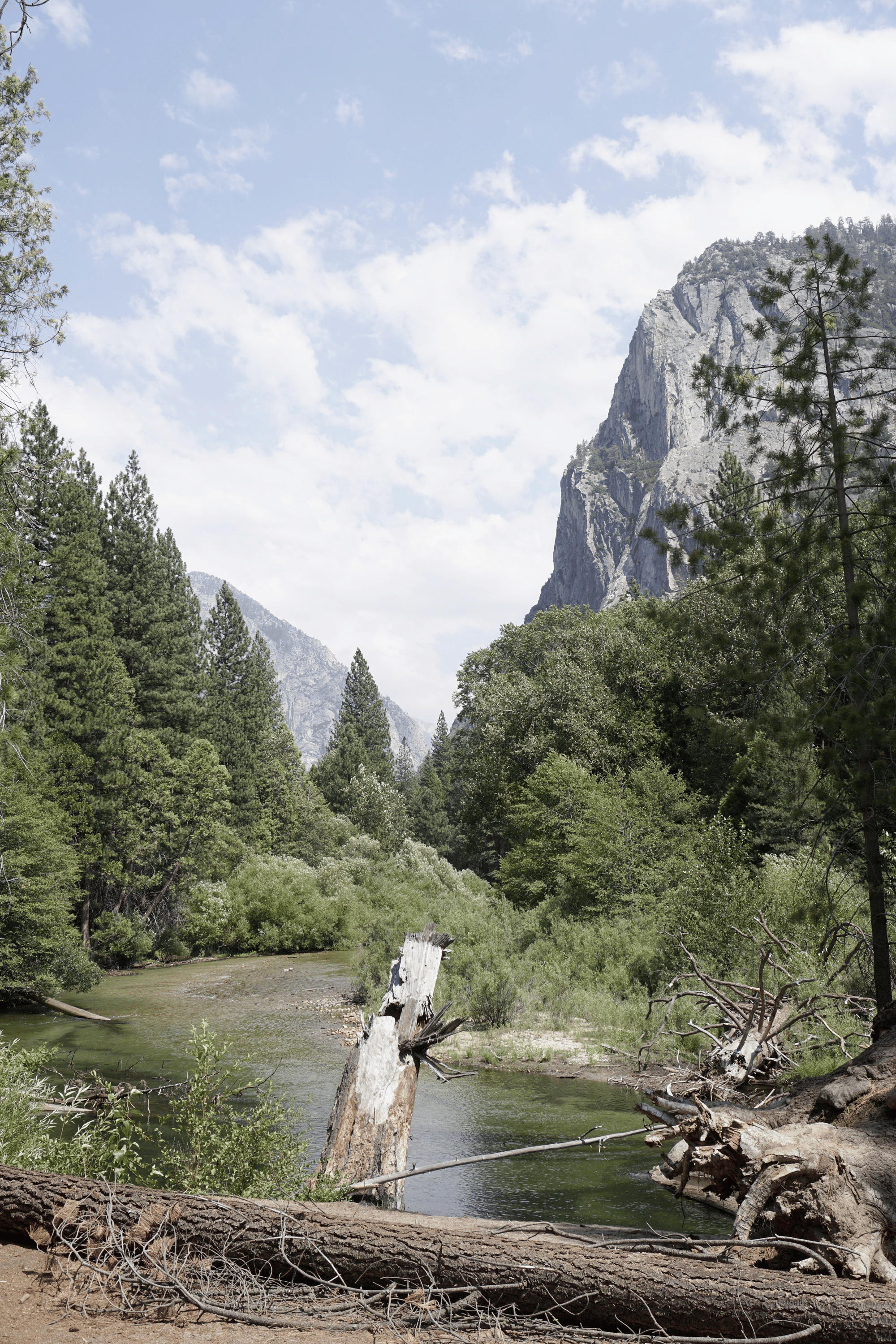
10. Kings Canyon Is An International Biosphere
Now here’s a great Kings Canyon National Park Fact to conclude our article with.
On October 26, 1976, the United Nations Organization for Education, Science and Culture (UNESCO) designated Sequoia and Kings Canyon National Parks as an International Biosphere Reserve as the best example of “South Sierran oak woodlands, chaparral, mixed conifer forests, sub-alpine and alpine environments.”
What is an International Biosphere you might ask? Biosphere reserves are ‘learning places for sustainable development’.
They are sites for testing interdisciplinary approaches to understanding and managing changes and interactions between social and ecological systems, including conflict prevention and management of biodiversity.
They are places that provide local solutions to global challenges.
Biosphere reserves include terrestrial, marine and coastal ecosystems. Each site promotes solutions reconciling the conservation of biodiversity with its sustainable use. (Source: UNESCO)
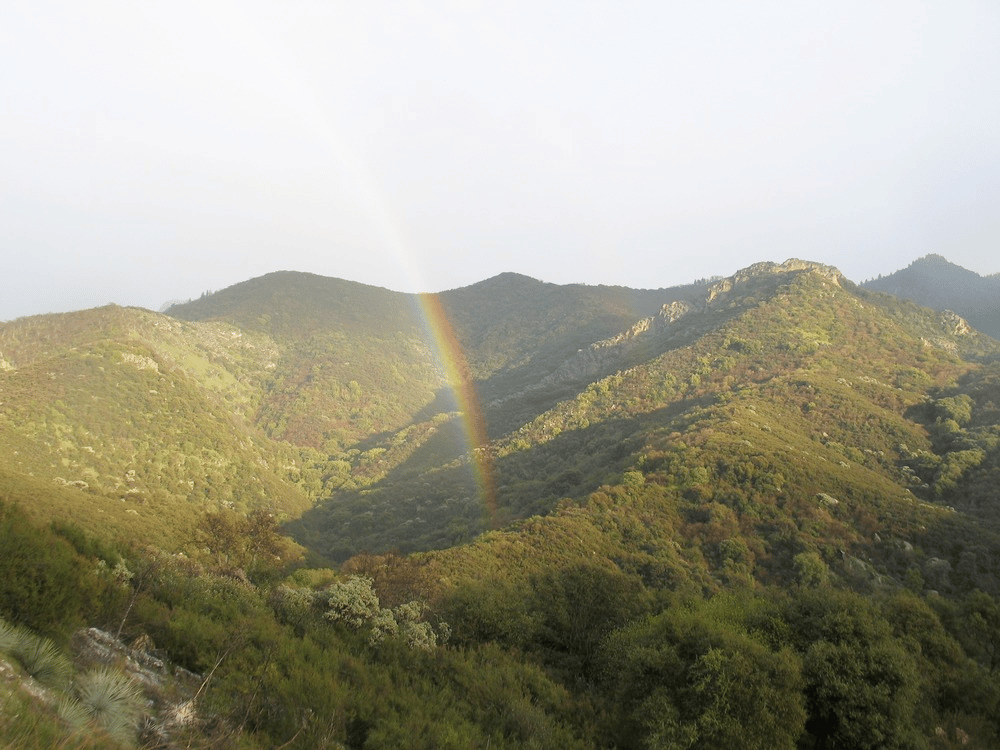
Why Trust Us About Kings Canyon National Park?
We’re Jim Pattiz and Will Pattiz, collectively known as the Pattiz Brothers (and sometimes the Parks Brothers) and we absolutely LOVE the national parks.
You should probably know that we don’t just make this stuff up out of thin air. We’ve spent our entire adult lives exploring and filming America’s national parks and public lands.
We’ve worked with the National Park Service, the Department of Interior, USDA, and the U.S. Forest Service for years creating films on important places and issues. Our work has been featured in leading publications all over the world and even some people outside of our immediate family call us experts on the national parks.

Meet The Parks Brothers
Map Of Kings Canyon
List Of Kings Canyon National Park Facts
- Kings Canyon Was Originally General Grant National Park
- It Almost Became Roosevelt National Park
- Before Becoming Kings Canyon, The Park Featured America’s First African-American Superintendent
- At Kings Canyon & Sequoia National Parks You Can Find The World’s Largest Tree
- Sequoias Are Some Of The Largest & Oldest Trees In The World
- The Park’s Elevation Allows For Diverse Ecosystems & Wildlife Habitats
- There Are Over 250 Animal Species In Kings Canyon
- Kings Canyon Was First Made Popular By John Muir
- The Deepest Canyon In The United States Is In Kings Canyon
- Kings Canyon Is An International Biosphere
We Hope You’ll Follow Our Journey
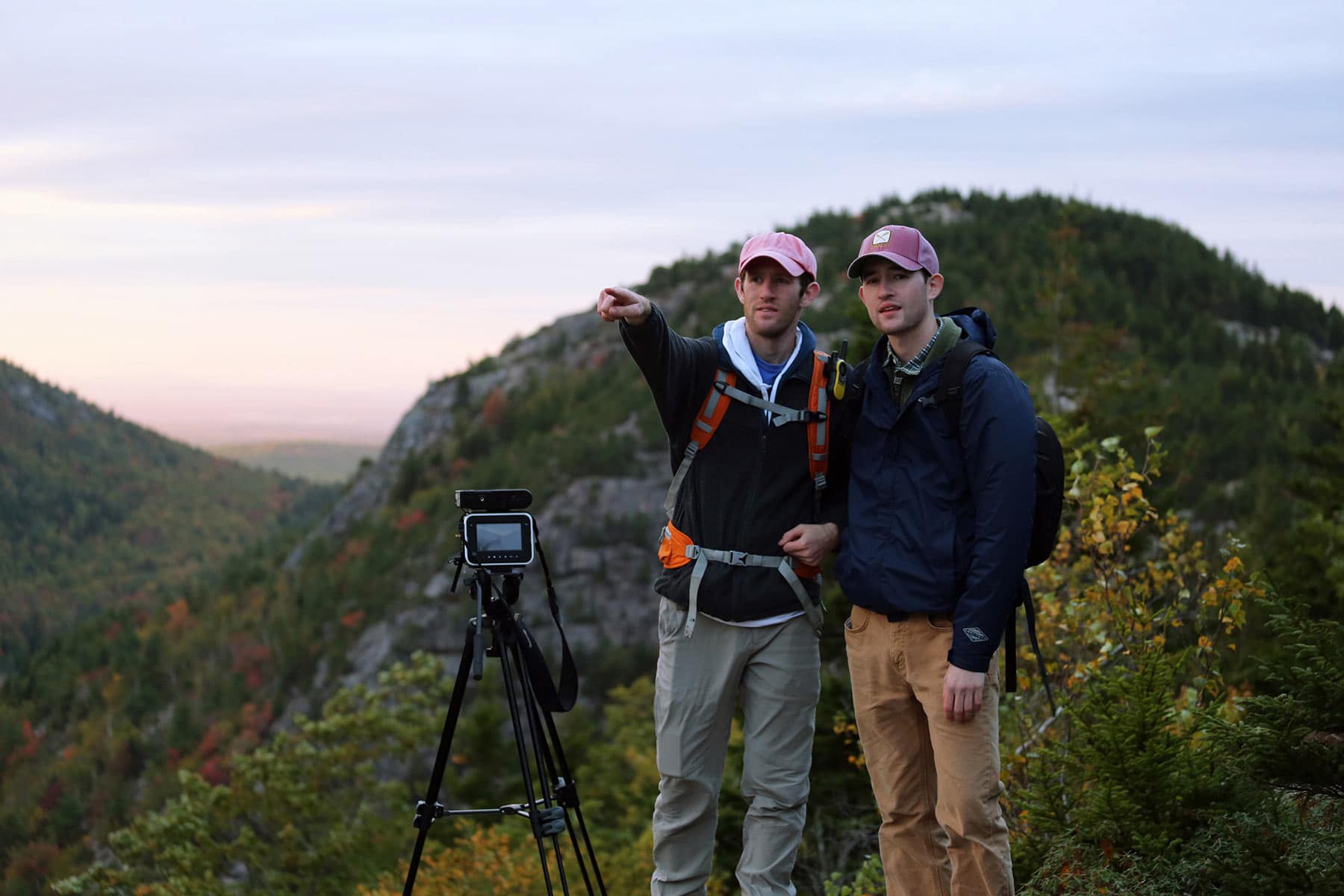
Our goal here at More Than Just Parks is to share the beauty of America’s national parks and public lands through stunning short films in an effort to get Americans and the world to see the true value in land conservation.
We hope you’ll follow our journey through the parks and help us to keep them the incredible places that they are. If you’re interested joining the adventure, sign up below!
Related Links
20 BEST California National Parks Ranked
7 Epic National Parks Near Lost Angeles You’ll Love
7 Amazing National Parks Near San Diego
8 Best National Parks Near San Francisco
7 Best National Parks Near San Jose
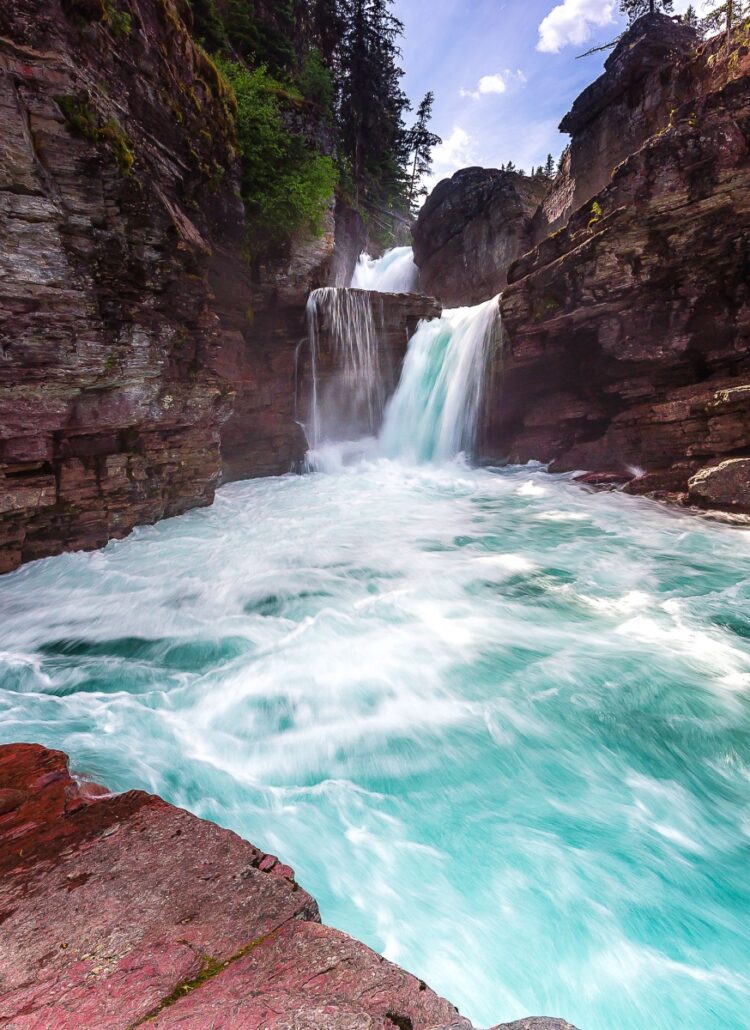
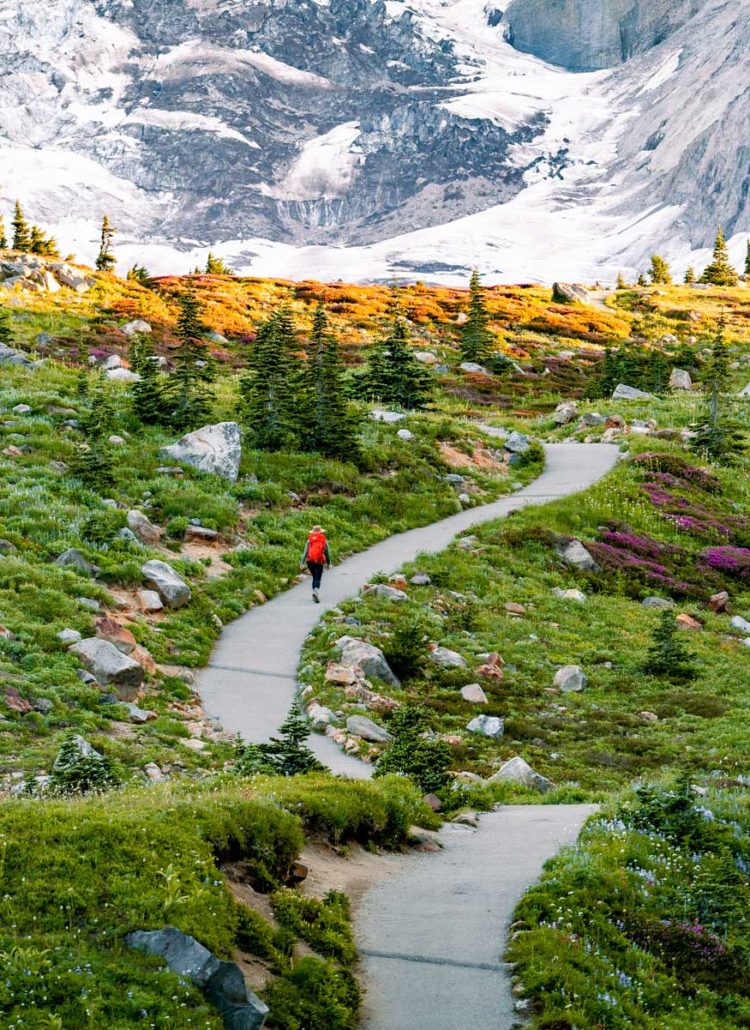
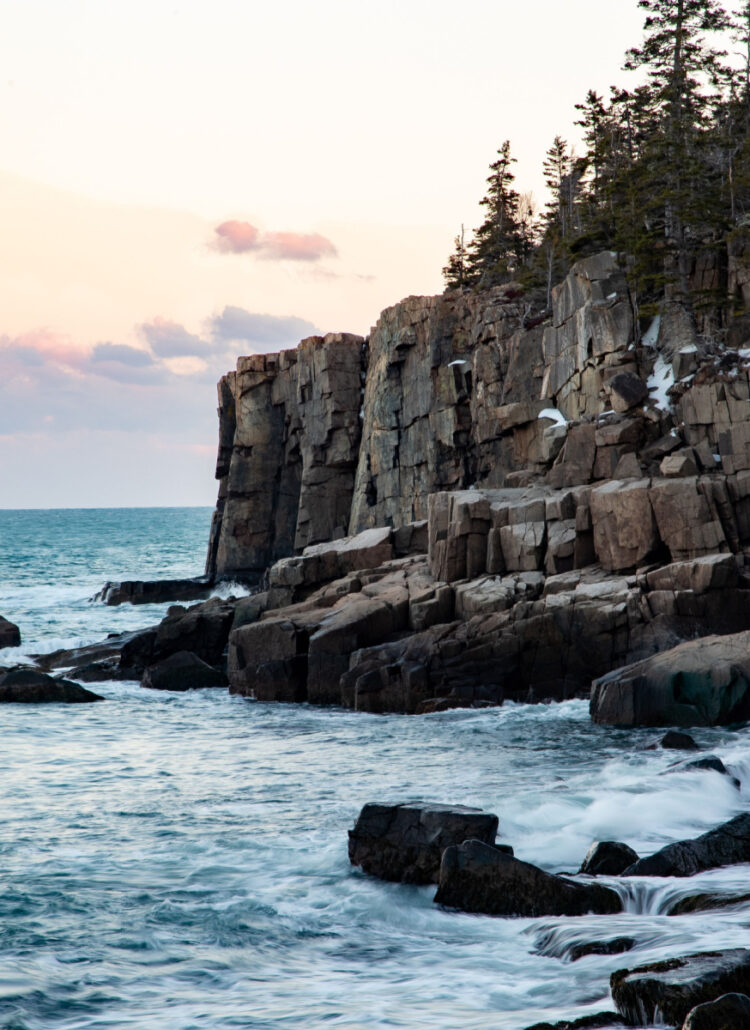

Leave a Reply